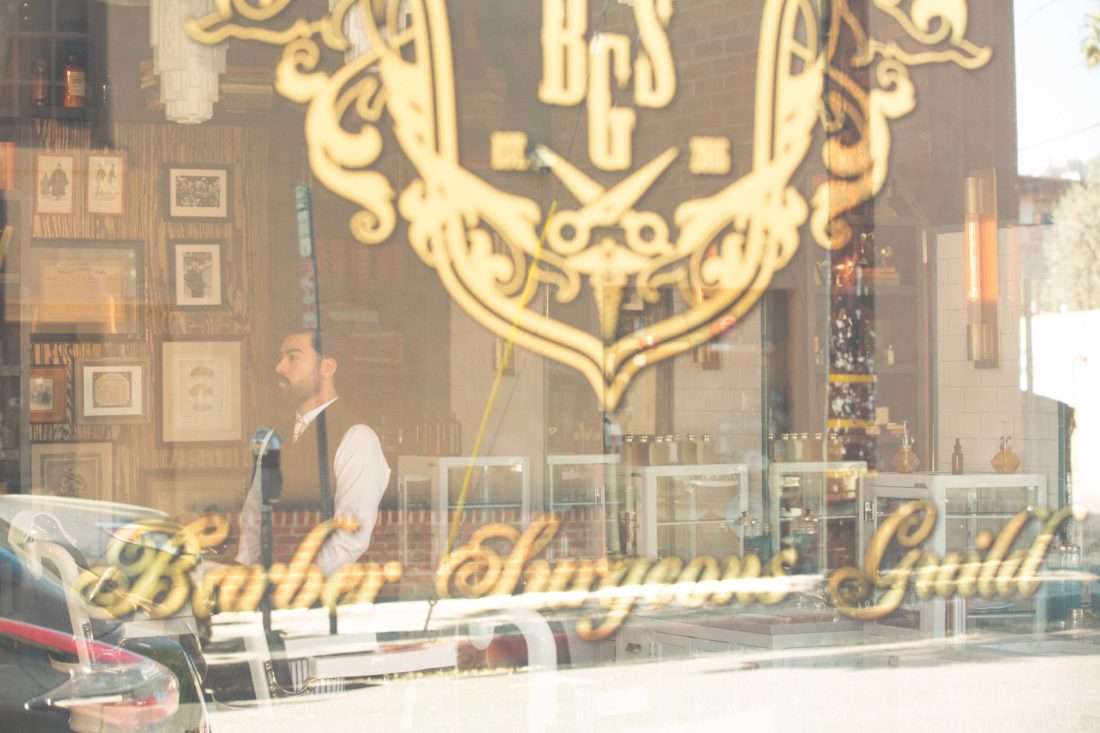
The History Of the Barber Surgeon
The history of the Barber Surgeon’s Guild is rooted in a rich heritage of healing that dates back to the dark ages. For centuries societies relied on barber surgeons to provide the care and treatments that physicians wouldn’t. First recognized around 1000 A.D., barber surgeons were considered the medical and grooming experts in Europe throughout the Middle Ages and into the Renaissance.
Early barber surgeons found their homes within the monasteries of Europe. Due to strict regulations (both religious and sanitary), monks were required to keep a shaved head. As a result each monastery had to train or hire a barber surgeon to take care of grooming and medical procedures. The process of bloodletting (withdrawal of blood from a patient to cure or prevent illness and disease) practiced by monks was passed on to barber surgeons, thus cementing them within the surgical field. Barbers who had a knack for handling sharp instruments such as scissors and razors assisted in bloodletting for the sick. As the profession progressed, barber surgeons not doctors were charged with conducting surgical operations and looking after soldiers during and after battle.
The early versions of the Hippocratic Oath cautioned physicians from practicing surgery due to their limited knowledge on its invasive nature. During the Renaissance, Universities did not provide education on surgery, which was deemed as a low trade of manual nature.
Barber surgeons who were expertly trained in handling sharp instruments for invasive procedures quickly filled this role in society. Barber surgeons were soon welcomed by the nobility and given residence in the castles of Europe where they continued their practice for the wealthy. These noble tradesmen, armed with the sharpest of blades, performed haircuts, surgeries and even amputations.
By 1540 the United Company of Barber Surgeons was founded, a craft guild consisting of professional barber-surgeons who were dedicated to surgical treatments and dental extractions. At this time barber surgeons still provided grooming services such as shaving and haircutting.
In contrast, this coalition of barber surgeons existed at the same time as the Royal College of Physicians, which consisted of the “real” doctors. This separation between barber surgeons and physicians persisted during the establishment of hospitals. Hospitals began to designate a specific area for physicians to practice, while barber surgeons performed their trade in a commercial capacity, using the red and white striped pole to promote themselves.
The craft lives on today with the traditional red and white barber’s pole, still seen outside many barber shops, which is said to represent the blood and bandages associated with their medieval colleagues.
BSG is committed to continue this history of noble service and expertise to our community of modern soldiers who fight for good in this world. As son, father, friend, teacher, entrepreneur, executive, soldier, or statesman— the BSG man is devoted to the values of health, integrity and leadership.
At BSG we are once again bringing together the barber and the surgeon to best treat our clients from both the style and medical perspective.
